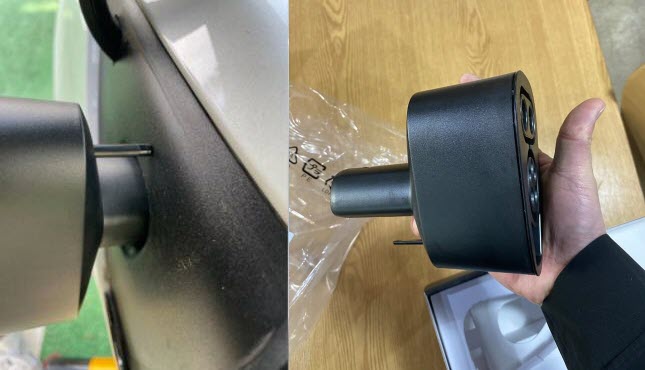While more speed is of course very nice, 50kw (or rather 43kw which is about all I ever got) is not to sneeze at. First of all, as you know you only get very fast changing when your car is at a low SoC. Above 50% it drops down to 50kw pretty quickly. So your time at a 50kw charger is longer, but only modestly longer than a 120kw or more.
Secondly, I mostly use the DCFast as backups for when I can't make the Supercharger. So you can just stop at them for 5-10 minutes to top up to know you will make the SC. Once we get 150kw CCS that will no longer be a must, and it's less convenient to be sure, but it's quite doable.
I made a map overlaying the Superchargers with the CHAdeMO. CCS is pretty much the same map. I don't know a site that does this, I had to make it myself from Plugshare. Because I overlaid CDM/CCS on top of Superchargers, some of the Superchargers are not quite as visible. This is the western US. There are some areas like BC, Quebec north of Montreal and the maritimes for which the SC network is thin and DC Fast is not just a "nice" it's a "must." There are a few here too, like US 50 across Nevada and several other such roads. There are many roads where you can get from SC to SC no problem -- IF you don't detour. On the other hand, Montana and Wyoming? Better have a Tesla and only a Tesla. As you might guess, SC are orange, DC Fast are Cyan.
View attachment 754381




